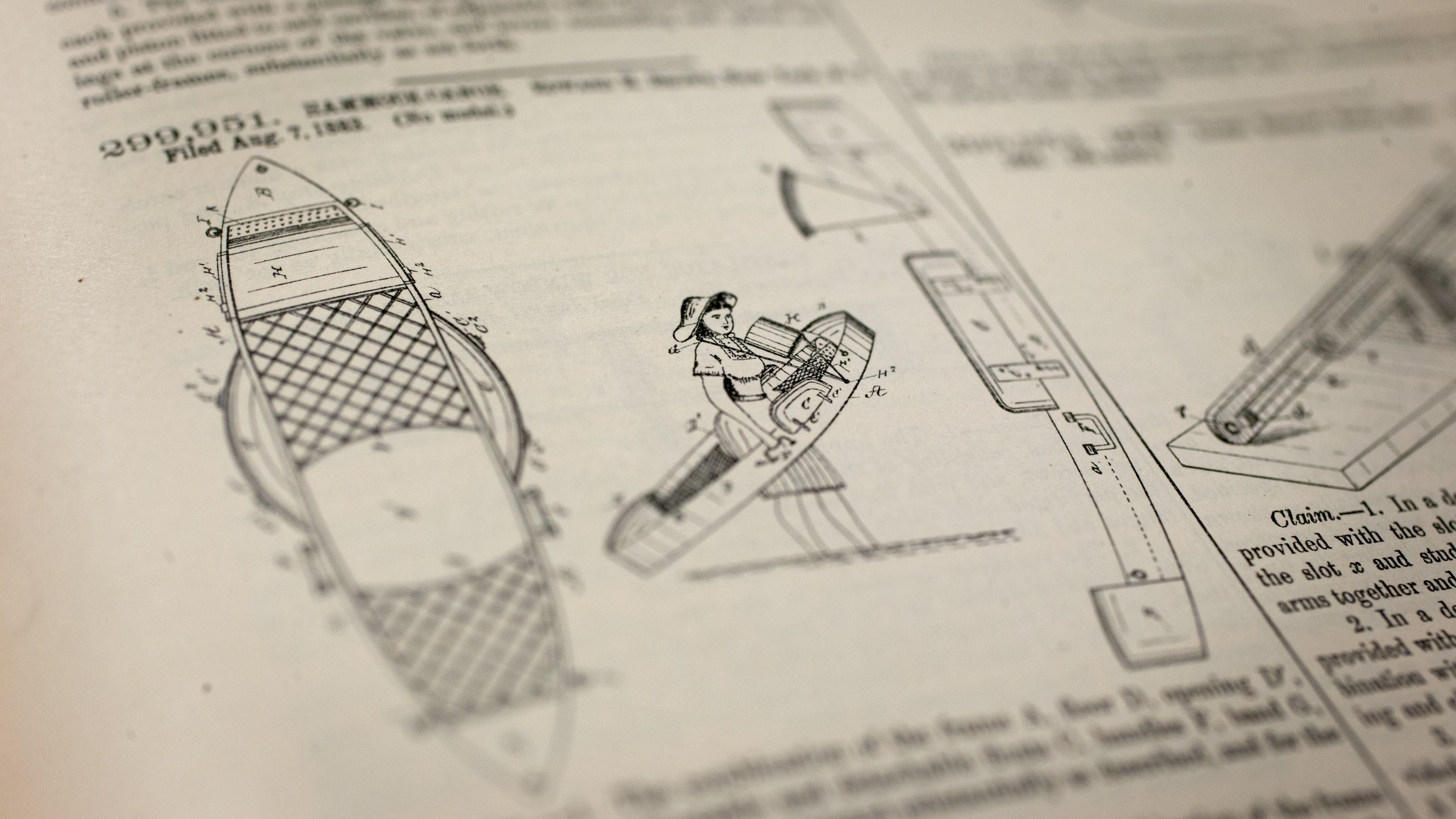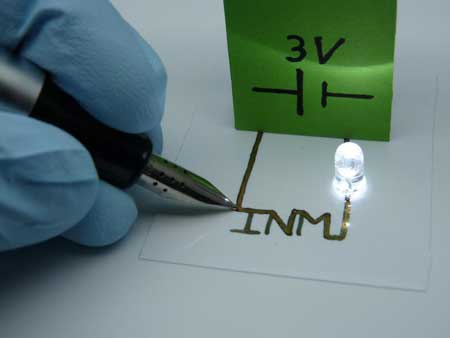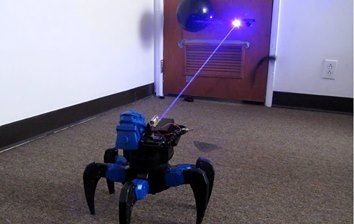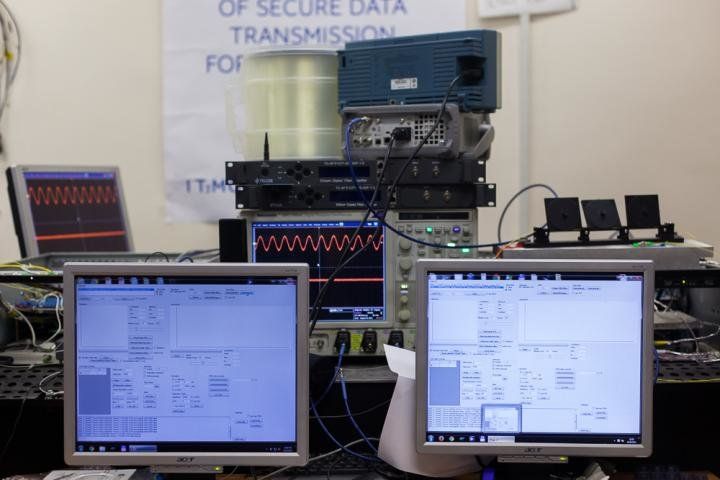Apr 12, 2016
TechInsurance Cites Microsoft’s Tay Glitch As Classic Technology E&O Risk
Posted by Karen Hurst in categories: business, law, robotics/AI
Although this article is over 5 days old plus talks about the risks identified by TechInsurance company; it does highlight the potential new wave of lawsuits in the years to come that we could see flood the law offices and courts around AI. Also, it will be interested to see over the next 5 years how laws, reg. compliance, etc. will evolve with the deployment of AI.
Technology insurance provider reminds IT businesses that technical glitches and customer behavior are significant sources of risk.
















